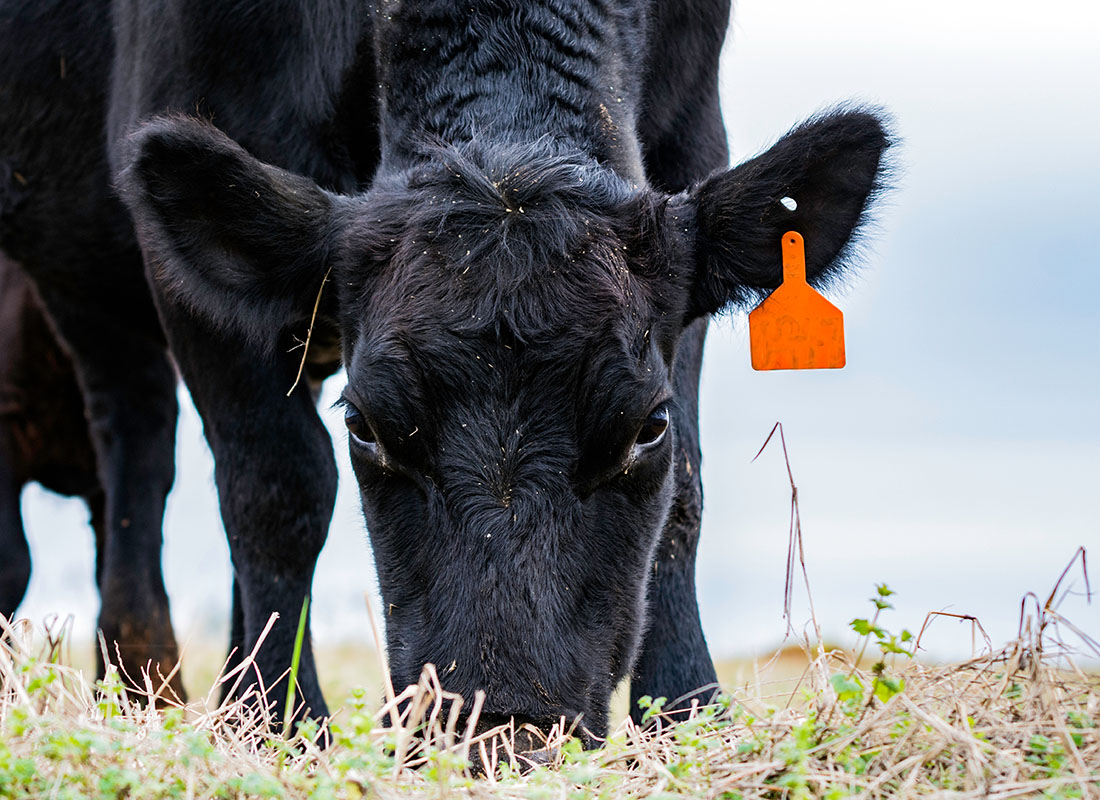Strategic Collaborations for Strength: Bagley Risk Management
Strategic Collaborations for Strength: Bagley Risk Management
Blog Article
Understanding Livestock Risk Defense (LRP) Insurance Coverage: A Comprehensive Overview
Browsing the world of livestock risk protection (LRP) insurance can be a complicated undertaking for several in the agricultural sector. From exactly how LRP insurance operates to the various coverage choices available, there is much to reveal in this thorough overview that can potentially form the method animals manufacturers come close to risk monitoring in their services.

Exactly How LRP Insurance Functions
Occasionally, comprehending the mechanics of Livestock Threat Security (LRP) insurance policy can be intricate, yet breaking down just how it works can offer clarity for breeders and farmers. LRP insurance coverage is a danger management tool developed to safeguard livestock manufacturers versus unforeseen rate declines. It's crucial to keep in mind that LRP insurance coverage is not an earnings warranty; instead, it concentrates solely on price risk defense.
Eligibility and Insurance Coverage Options

When it pertains to insurance coverage options, LRP insurance policy provides producers the adaptability to pick the insurance coverage level, protection duration, and endorsements that best match their threat management needs. Insurance coverage degrees generally vary from 70% to 100% of the expected finishing value of the insured animals. Producers can also select protection durations that straighten with their manufacturing cycle, whether they are guaranteeing feeder cattle, fed livestock, swine, or lamb. Recommendations such as rate threat defense can additionally customize insurance coverage to secure against adverse market changes. By understanding the eligibility standards and coverage options available, livestock producers can make educated decisions to handle danger properly.
Advantages And Disadvantages of LRP Insurance Policy
When reviewing Animals Danger Security (LRP) insurance, it is vital for livestock producers to evaluate the benefits and negative aspects fundamental in this threat monitoring tool.

Among the main benefits of LRP insurance policy is its ability to supply protection versus a decrease in animals prices. This can assist guard manufacturers from financial losses resulting from market variations. Furthermore, LRP insurance policy provides a degree of adaptability, allowing manufacturers to customize protection levels and plan periods to match their particular demands. By securing a guaranteed cost for their livestock, producers can better handle danger and plan for the future.
One limitation of LRP insurance policy is that it does not secure against all types of risks, such as condition break outs or natural catastrophes. It is essential for manufacturers to meticulously assess their individual danger exposure and economic circumstance to determine if LRP insurance policy is the right threat administration tool for their procedure.
Recognizing LRP Insurance Coverage Premiums

Tips for Optimizing LRP Advantages
Optimizing the benefits of Livestock Danger Defense (LRP) insurance coverage calls Web Site for tactical preparation and aggressive threat administration - Bagley Risk Management. To take advantage of your LRP protection, consider the complying with ideas:
On A Regular Basis Analyze Market Conditions: Stay notified concerning market fads and rate fluctuations in the livestock industry. By checking these factors, you can make enlightened choices concerning when to purchase LRP protection to protect against potential losses.
Establish Realistic Coverage Degrees: When choosing insurance coverage degrees, consider your manufacturing costs, market worth of animals, and prospective dangers - Bagley Risk Management. Setting reasonable protection levels makes sure that you are sufficiently shielded without overpaying for unnecessary insurance policy
Diversify Your Protection: Rather than relying only on LRP insurance, consider diversifying your threat administration approaches. Read Full Report Incorporating LRP with various other risk administration tools such as futures agreements or alternatives can provide comprehensive insurance coverage versus market uncertainties.
Testimonial and Change Coverage Consistently: As market problems alter, regularly review your LRP insurance coverage to ensure it straightens with your present risk direct exposure. Changing insurance coverage levels and timing of acquisitions can aid optimize your threat protection strategy. By adhering to these ideas, you can make the most of the advantages of LRP insurance policy and secure your animals operation against unanticipated dangers.
Verdict
In verdict, animals danger protection (LRP) insurance policy is a useful device for farmers to handle the economic dangers related to their animals operations. By recognizing exactly how LRP functions, eligibility and coverage alternatives, along with the advantages and disadvantages of this insurance coverage, farmers can make educated choices to shield their incomes. By carefully taking into consideration LRP premiums and implementing methods to make the most of advantages, farmers can minimize potential losses and guarantee the sustainability of their operations.
Livestock manufacturers interested in acquiring Livestock Threat Protection (LRP) insurance policy can check out an array of qualification requirements and coverage options tailored to their particular animals procedures.When it comes to insurance coverage options, LRP insurance coverage provides manufacturers the adaptability to select the insurance coverage level, insurance coverage period, and recommendations that best suit their threat monitoring demands.To grasp the intricacies of Animals Threat Protection (LRP) insurance totally, comprehending the aspects influencing LRP insurance policy costs is critical. LRP insurance policy costs are established by numerous aspects, consisting of the coverage level selected, the expected price of animals at the end of the insurance coverage duration, the type of livestock official website being insured, and the size of the coverage duration.Testimonial and Change Protection Regularly: As market problems alter, periodically assess your LRP protection to ensure it straightens with your present danger exposure.
Report this page